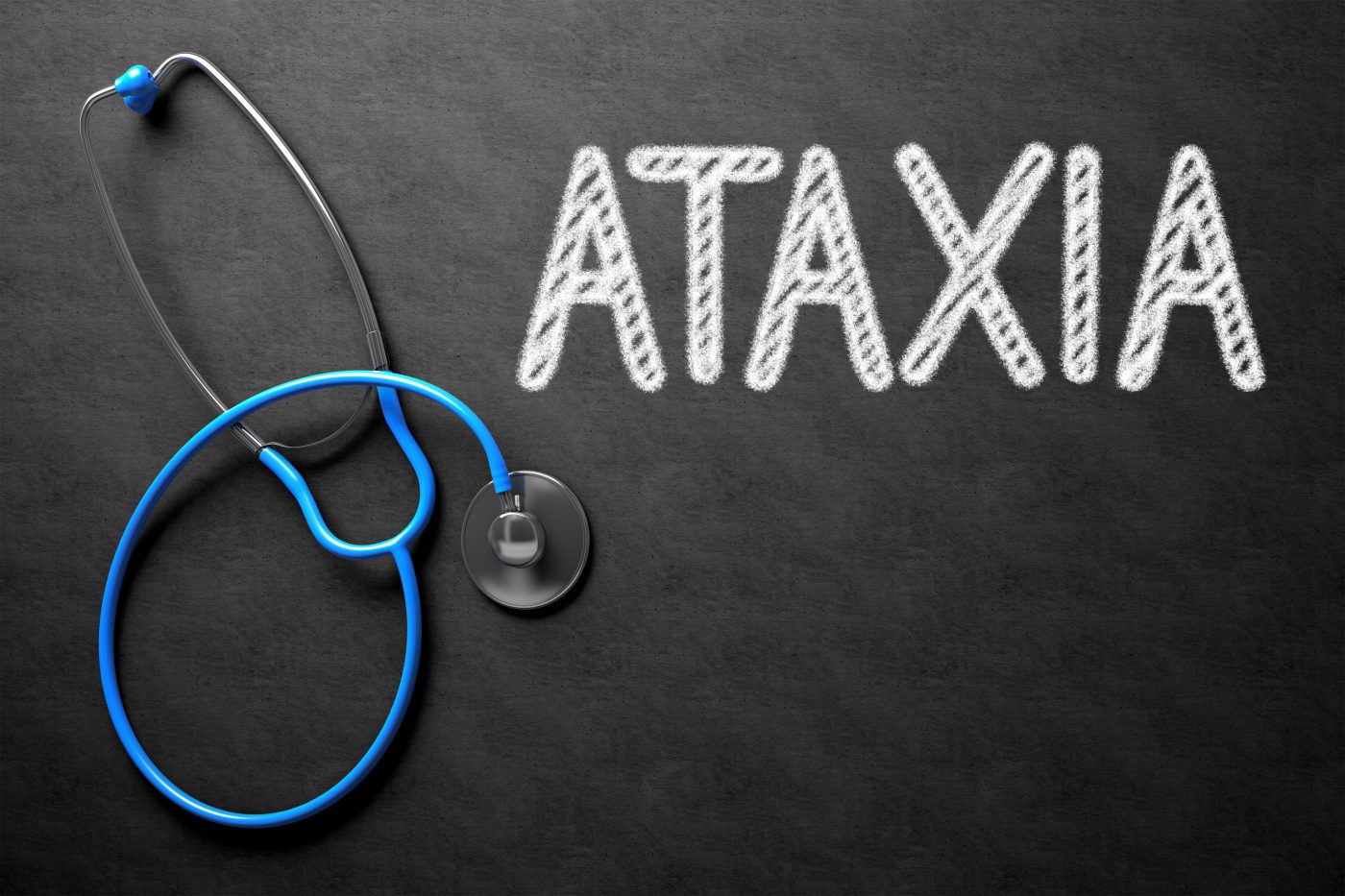FA Patients Show Gradual Worsening of Certain Auditory Responses, Study Says

Researchers have found that patients with Friedreich’s ataxia (FA) show progressive deterioration of auditory neural responses to ongoing acoustic stimulation.
The study titled “Rapid exhaustion of auditory neural conduction in a prototypical mitochondrial disease, Friedreich ataxia,” was published in the journal Clinical Neurophysiology.
Patients with auditory neuropathy (nerve disease) spectrum disorders (ANSD) have a typical pattern of hearing disorder. One of their complaints is disruption of speech understanding, particularly in the presence of noise.
In the subcategory of ANSDs that result from impairment of the cochlear nerve, also known as acoustic nerve, hearing aids and electric stimulation of cochlear neurons show limited effectiveness. So, understanding the mechanisms underlying the loss of timing cues in these neurons is particularly important.
FA is one of the disorders that share ANSD-related hearing dysfunction. However, the influence of neuronal degeneration due to oxidative stress and also of energetic failure resulting from dysfunction of mitochondria (the cell’s power plants) – two hallmarks of FA – in ANSDs is unknown.
Patients with FA have a characteristic deficiency in a mitochondrial protein called frataxin, which leads to dysfunction of Na+/K+ ATPases, particularly in auditory neurons. These enzymes (specialized proteins) pump sodium out of cells and potassium into cells, and depend on a molecule called ATP, the cell’s energy currency that is underproduced in FA.
Given the expected slower nerve conduction in FA patients, the research team used a modified recording method of averaged auditory brainstem responses (ABRs), a test of auditory function in response to acoustic stimuli. Thirty-seven FA patients (14 men, 23 women, with a mean age of 37) participated in the study.
They tested ABRs by analyzing responses to 80-decibels clicks in consecutive blocks of 250 repetitions, ultimately aiming to evaluate the effect of sustained stimulation on neural synchrony – a term for the simultaneous activation of neurons within the same network – in auditory pathways.
The study enrolled 37 FA patients. Thirty-four patients had disrupted hearing sensitivity, speech understanding in the presence of noise, and otoacoustic emission, a sound generated within the ear that can be spontaneous or in response to a stimulus.
Analysis revealed that most ears had features of ANSD with abnormal ABRs, which contrasted to near-normal hearing sensitivity.
Importantly, 26 out of 68 ears exhibited initial near-normal ABR patterns in response to shorter series of stimuli. However, longer series, with a few hundred click stimulations, led to a gradual worsening. The authors attribute this finding to energetic failure due to insufficient production of ATP in FA.
“The [FA] patients tested here displayed progressively worsening abnormal conduction in the auditory pathways when submitted to ongoing stimulation,” the scientists wrote.
“This model of metabolic sensory neuropathy warns against exposure of metabolically impaired patients to sustained auditory stimulation,” they concluded.






